Scranton, Pa. is churning out Ukrainian weapons
Morning Edition visited the Scranton Army Ammunition Plant for a behind the scenes look at how defense manufacturing contributes to the economy of northeastern Pennsylvania.
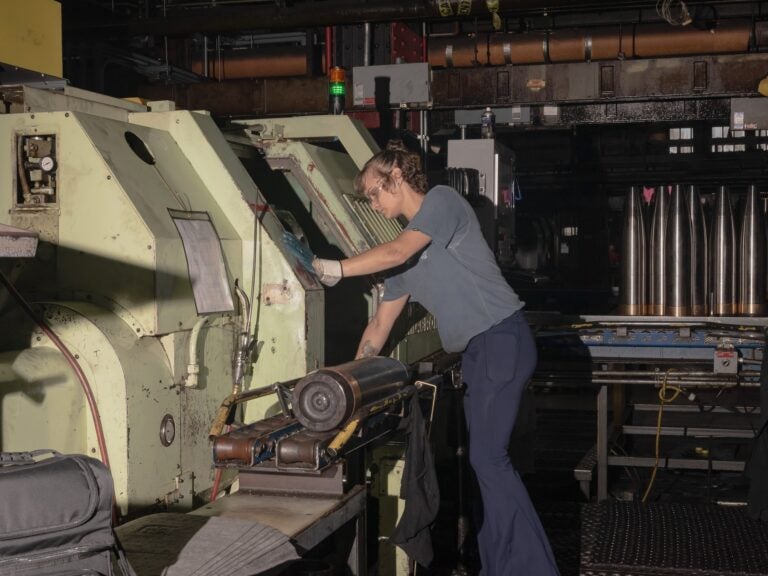
The Scranton Army Ammunition Plant in Scranton, PA, on August 27. (Daniel Vasta for NPR)
Ten minutes away from downtown Scranton, Pa., a munitions factory churns out 155 millimeter howitzer rounds – some of the most vital pieces of equipment for Ukraine’s defense against Russia.
The Scranton Army Ammunition Plant has ramped up production of these artillery rounds since Russia’s full scale invasion of Ukraine in 2022. They can be used to strike targets up to 20 miles away, making them one of Ukraine’s most requested items. This plant makes weapons for Ukraine and Taiwan, but cannot give specific numbers on how many are going to each country for security reasons.
The U.S. Army was making 14,000 artillery shells a month prior to the conflict. Now, officials at the plant told Morning Edition that the army is producing 36,000 shells a month, up from 24,000 just six months ago.
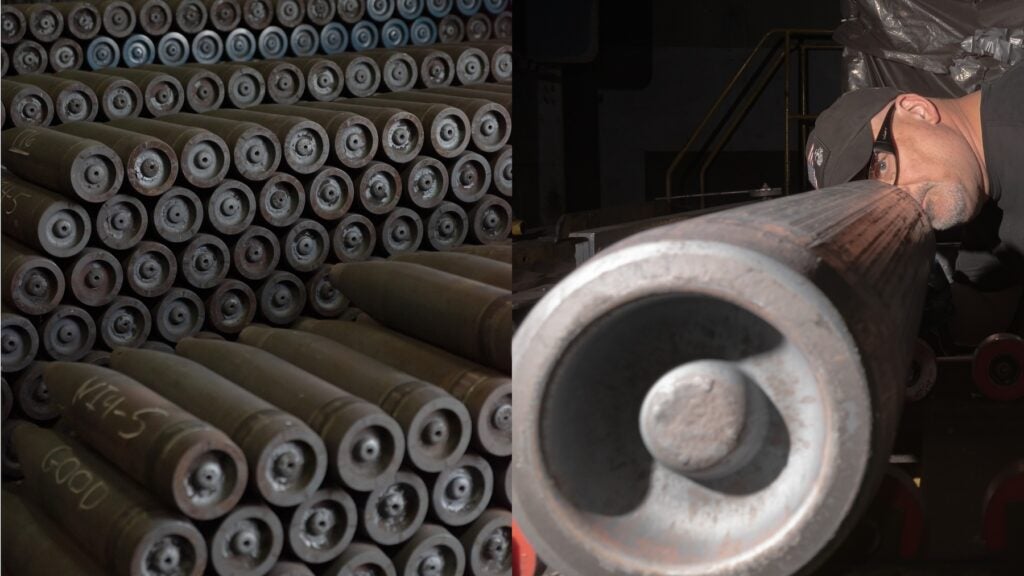
This increase in production has led to more jobs in Scranton, a small city with less than 80,000 people. The city, once a hub for coal mining and small American manufacturing, now relies on the defense installations in the area for good, high-paying jobs.
“We’re all about quality jobs, and that’s a quality organization,” Bob Durkin, the president and chief executive officer of the Scranton Chamber of Commerce said. “So the infusion of additional funding to support is important to us.”
Congressman Matt Cartwright, who sits on the House Appropriations Committee and represents Scranton and other parts of Northeastern Pennsylvania pointed to a $277 million Raytheon contract to illustrate this point.
“It’s not $277 million that stays here. But, you know, it’s a good chunk of it,” Cartwright said. “And it’s important that we keep that work coming.”
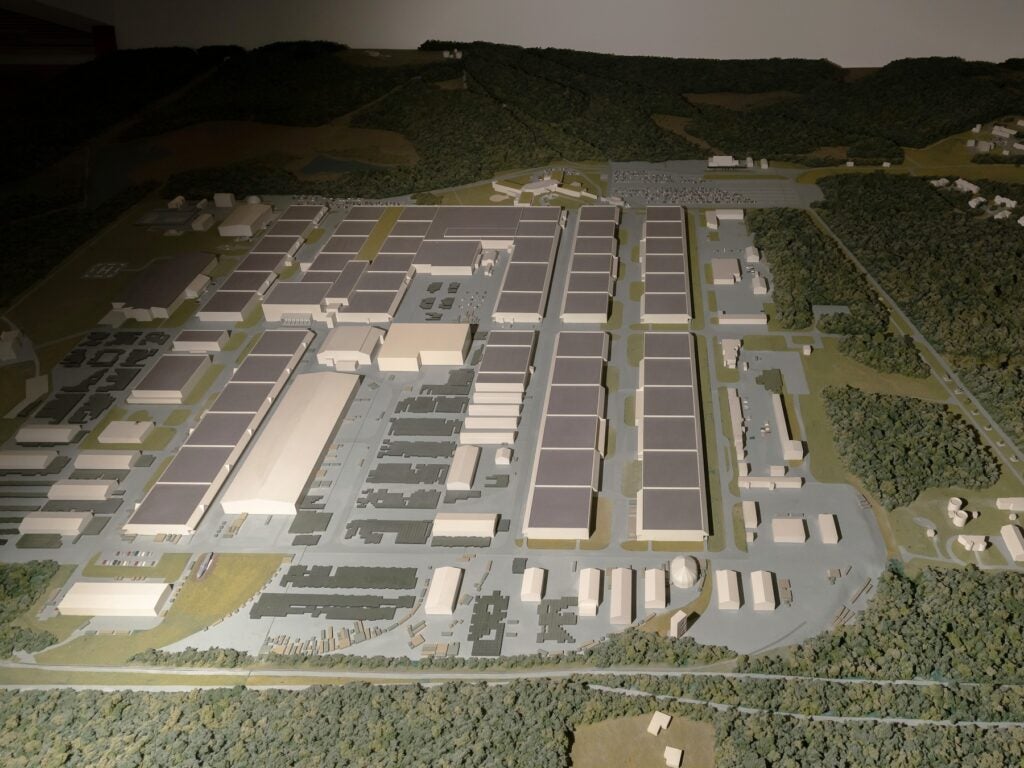
But at the Scranton Army Ammunition Plant, politics are hardly a concern: the plant’s $400 million dollar modernization project started long before Russia invaded Ukraine in 2022, and workers at Scranton are more concerned with local issues than international ones.
“I don’t really think that people dwell or concentrate on anything that’s going on outside of their sphere of influence,” Rich Hansen, the Commander’s Representative at the Scranton Army Ammunition Plant, said. we’re kind of busy concentrating on what’s going on in Scranton.”
And Scranton’s concentrating on defense manufacturing: the region is home to two major munition plants, Lockheed Martin and other military contractors. These companies have become a vital part of the economy of Northeastern Pennsylvania.
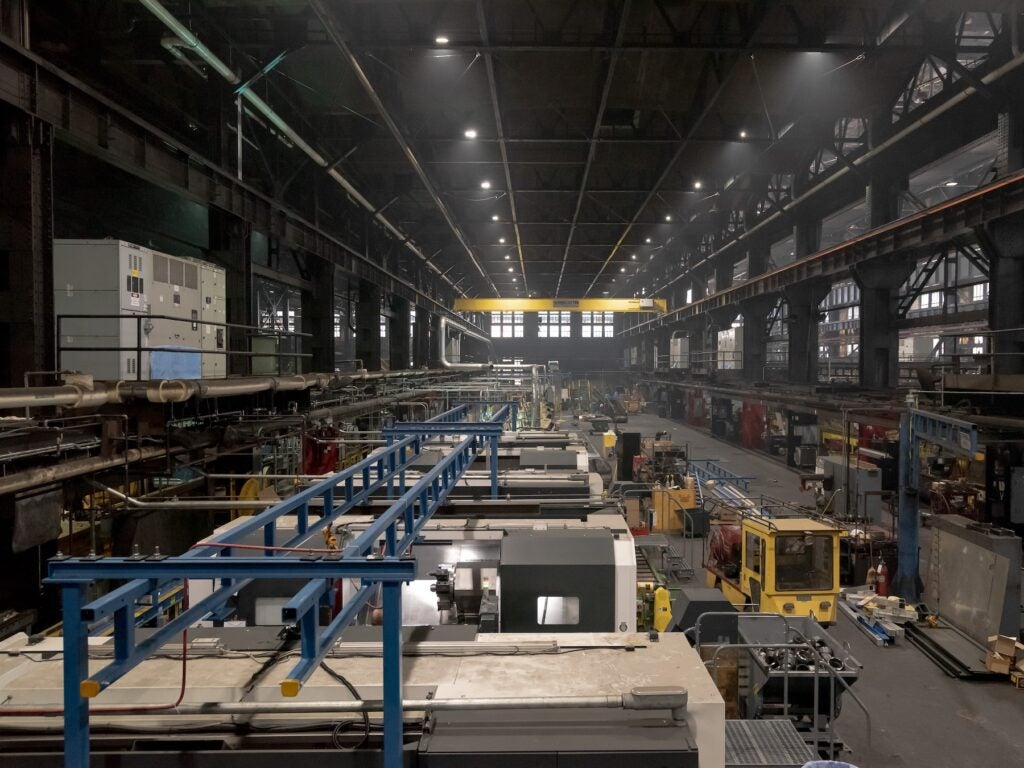
The Tobyhanna Army Depot, which specializes in logistics support and radar equipment for foreign allies such as Ukraine, estimates that the company has a $2.4 billion dollar impact on the area and that it is the largest industrial employer in the region.
“We had a job fair in the middle of a heat wave and there was still a line going out of the door,” Danielle Weinschenk, the lead Public Affairs Specialist at the Tobyhanna Army Depot said. “We had another one when it was pouring rain, and the same thing happened.”
Officials at Tobyhanna estimate that its average annual salary is $30,000 higher than the average salary in northeastern Pennsylvania, which is around $58,000 in 2021. But for some who work here, these jobs aren’t just about money.
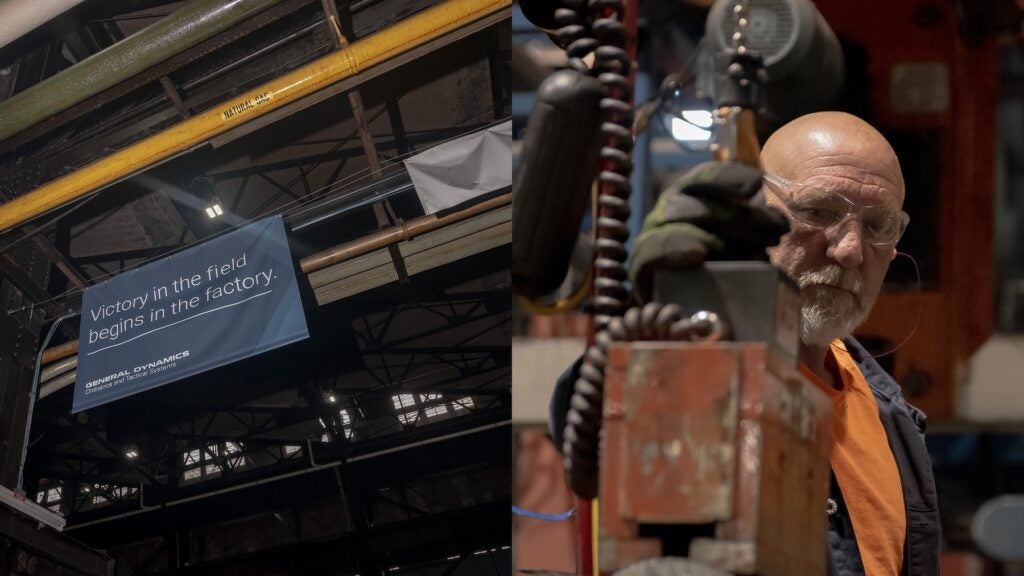
“With the Ukraine support, you know, one day I was sitting there thinking about what needs to be done, and it kind of hit me that what we were doing directly affects whether people live or die,” said Jim Jarick, a senior technology center engineer at the Tobyhanna Army Depot. “If we aren’t doing our job correctly, people could die tomorrow. And that just put this whole thing in perspective for me.”
But keeping up with the Ukraine’s needs isn’t easy: it’s estimated that Russia produces 250,000 artillery shells a month – three times more than the U.S. military’s goal. Mark Cancian, a senior advisor at the Center for Strategic and International Studies, told Morning Edition that Ukraine receives around 90,000 artillery shells a month, but that’s still not enough to keep up with Russia’s firing power.
“At the height of last year’s counteroffensive, the Ukrainians were firing about 6,000 a day, ” Cancian said. “The Russians are [firing] probably about 10,000 a day.”
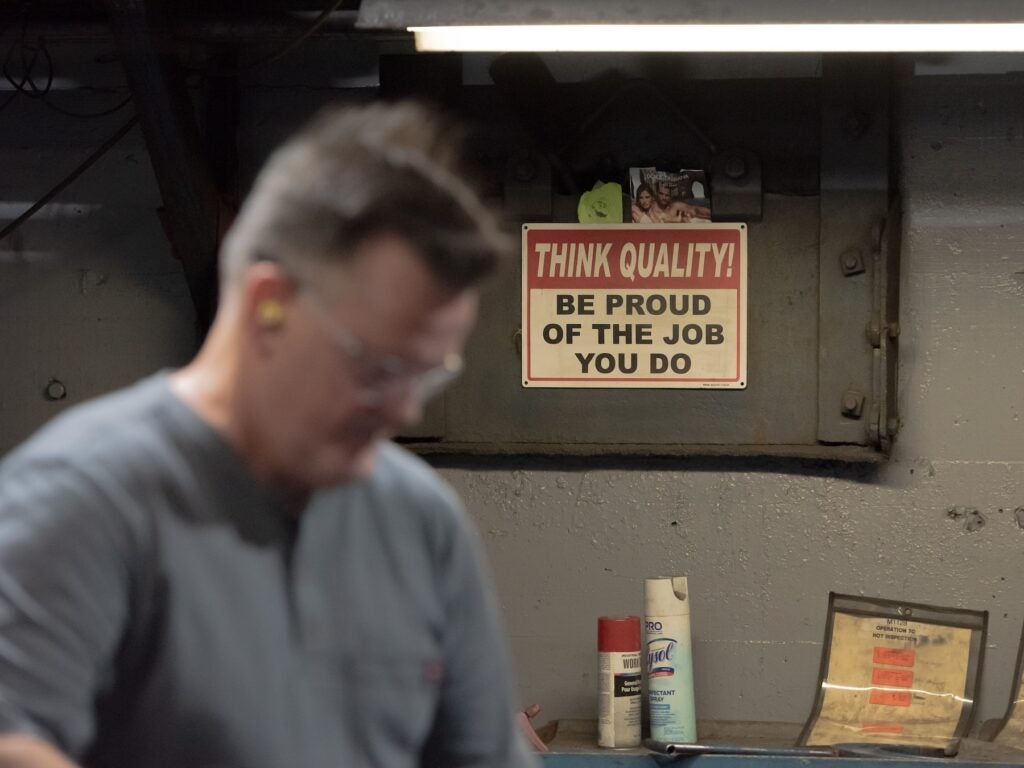
Daniel Vasta for NPR.
Ukraine has said that it will need more ammunition from The United States and other allies, since Russia is able to produce ammunition at a much faster rate. The Biden administration announced this month it would be sending an additional $250 million dollars worth of new military aid to Ukraine, including air defense missiles and 155mm howitzer rounds.
Col. Olksandr Popov, the commander of a Ukrainian artillery unit, estimates that they need about 30 to 40 shells to take out one Russian target, which is why these artillery shells are at the top of Ukraine’s list of needs.
“Our first task is to save our people,” Popov said. “Without artillery, we cannot do this.”

Get daily updates from WHYY News!
WHYY is your source for fact-based, in-depth journalism and information. As a nonprofit organization, we rely on financial support from readers like you. Please give today.




